It’s tempting to think of LGBT acceptance and allyship as a very 21st-century phenomenon, distinct from the dark ages of yore when queer communities hid themselves away from persecution. But the story of this civil rights movement began at least a century ago—before Harvey Milk, Harry Hay, or Alfred Kinsey did their pioneering work. In fact, there was a time during the Jazz Age when openly gay, flamboyant, cross-dressing men were not just accepted but lauded as stars of stage and screen: a time now known as the pansy craze.
According to a PBS timeline, the struggle for gay rights began during the 1950s. On December 15, 1950, the US Senate published a report titled Employment of Homosexuals and other Sex Perverts in Government. It was based on a federal government investigation of employees’ sexual orientations and activities, conducted at the start of that intensely paranoid period, the Cold War. It declared homosexuality a mental illness, with gay men constituting a risk to national security. Such people were supposedly vulnerable to corruption by Communists, as “those who engage in overt acts of perversion lack the emotional stability of normal persons.”
The upshot of this investigation was that more than 4,380 gay people were discharged from the military and around 500 civil servants fired—a purge which would become known as the “lavender scare” (named after “The Lavender Song,” an early gay anthem penned by Arno Billing and Kurt Schwabach). Soon afterwards, in April of 1953, President Eisenhower banned homosexuals from working for the federal government or any of its private contractors, with Executive Order 10450. According to this order, employing gay men and women posed a similar security risk to the nation as employing alcoholics or “neurotics.”
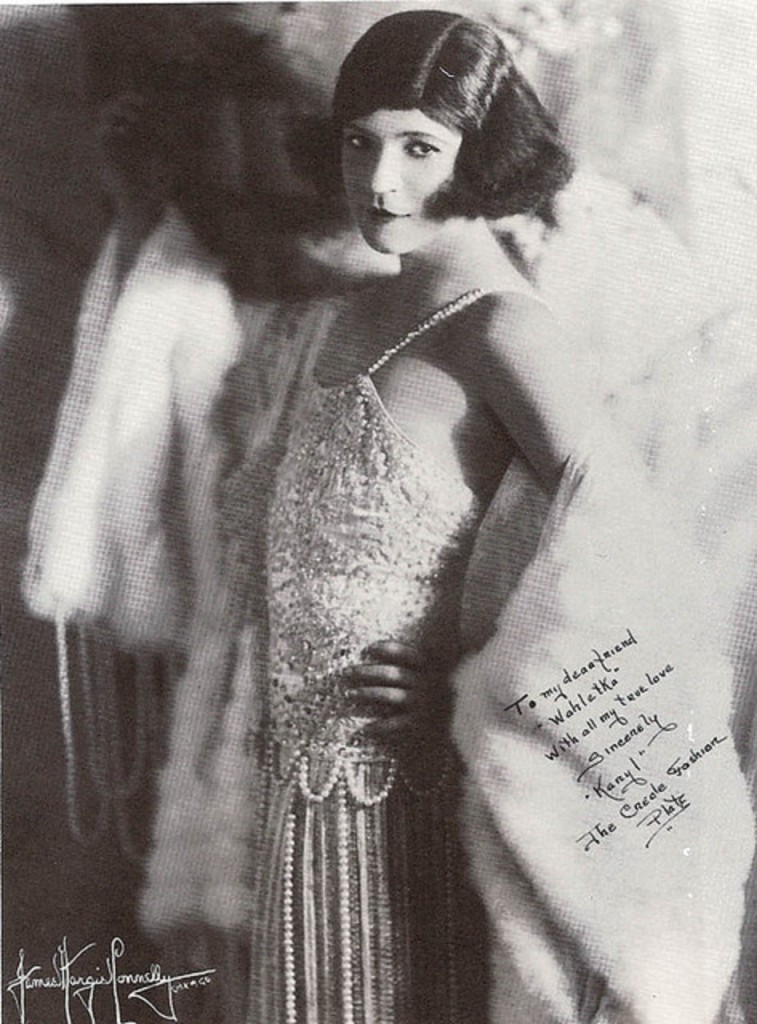
At around the same time, the American Psychiatric Association endorsed the government line by listing homosexuality as a “sociopathic personality disturbance” in its first Diagnostic and Statistical Manual of Mental Disorders. Things have slowly (so slowly) gotten better in the intervening 70 years, beginning with psychologist Evelyn Hooker’s pioneering research in 1956, which found that homosexuals were not clinically abnormal. But this gradual acceptance has been the restoration of a long-lost way of thinking, rather than simple progression towards enlightenment.
In 1869, a Harlem branch of the Grand United Order of Odd Fellows—a fraternal organization for African American men—held its first annual drag ball. The hosts were Hamilton Lodge #710, leading to the event being christened the Hamilton Lodge Ball. It was held at the Rockland Palace Banquet Hall and Casino, marking the lodge’s twenty-fifth anniversary. The stars of the show were its drag performers, decked out in the finest female fashions of the day. By 1886, Catholic magazine the New York Freeman was describing the Hamilton Lodge Ball as “the event of the season,” attended by up to 7,000 people each. (Remember the Catholics—they’ll reappear, later.) Similar events—sometimes called fairies’ balls—were sprouting all over the US, organized primarily by African Americans like William Dorsey Swann.
Some of the men involved in these events were straight, but many of them were gay. And while many in the audience were undoubtedly queer, the flamboyant events attracted fans from across the spectrum of sexuality: poets Charles Henri Ford and Parker Tyler described being at the events as observing “a scene whose celestial flavor and cerulean coloring no angelic painter or nectarish poet has ever conceived… lit up like high mass.” (Oh the irony of that description—you’ll soon see why.) History professor Chad Heap has noted that newspaper reports almost always “listed 20 to 30 known people… who were in attendance.”
An undercurrent of disapproval—from both homophobes and racists—dogged the drag balls throughout their history, but the Hamilton Lodge Ball continued thrilling patrons all the way up to its final jamboree in 1937. Meanwhile in Chicago, a similar scene was in full swing. Halloween 1932 saw a grand drag ball take place at the city’s Coliseum, at Wabash Avenue and 15th Street, observed by the pioneering sociology professor Ernrest W. Burgess who described men old and young cross-dressing both to titillate and amuse. Variety reported that Chicago hosted 35 “pansy parlors” by 1930, particularly in the city’s Towerhouse district.
In the South Side, African American drag performers entertained racially integrated audiences at the “black and tan” cabaret joints. Burgess’s students—who, through their eager field research, helped him found the academic field of gay sociology—attended these cabarets and took notes. One such event in 1933 at the Ballyhoo Café, 1942 North Halsted Street, saw “seventy-five… queer fellows and 25 queer girls” attend, with a “hostess dressed in masculine style.” The MC was also a female impersonator, “about six foot three inches tall, and very slim in build… walked gracefully about the room making wise cracks.”
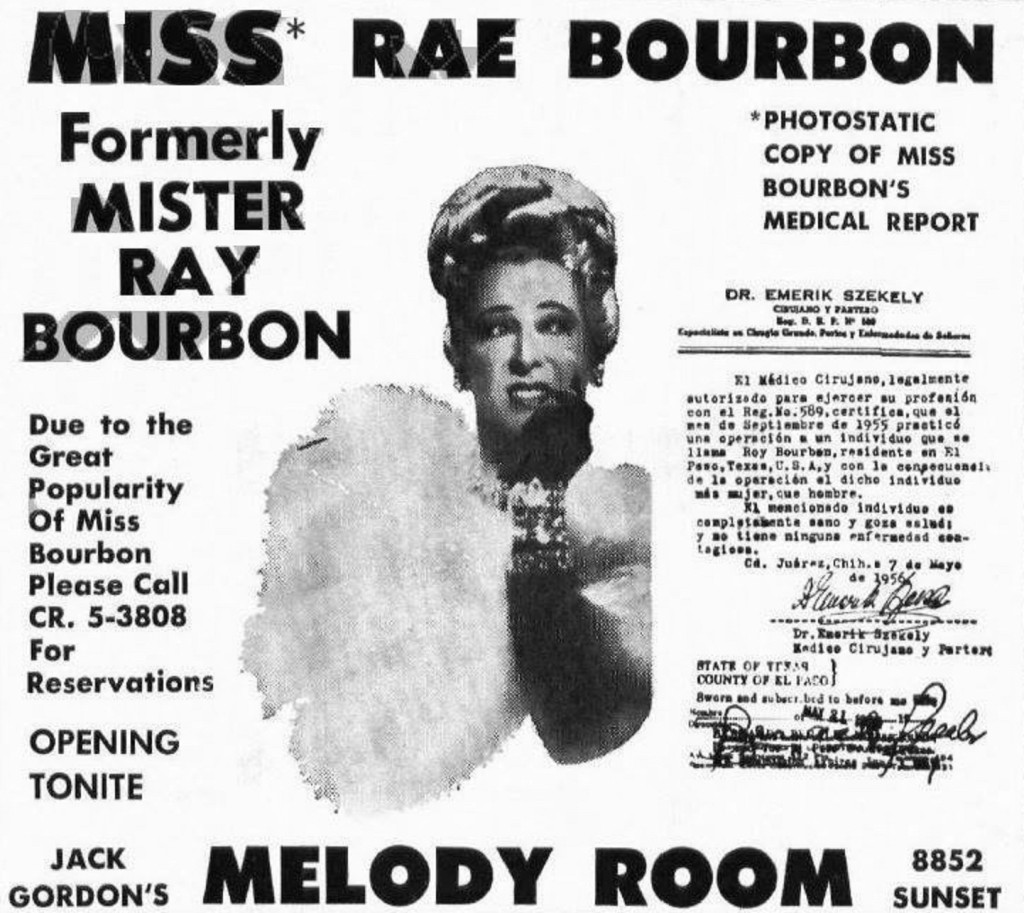 San Francisco also emerged as a center of queer culture, with pansy shows taking place at locations like Tait’s Cafe. That venue’s star performer was Rae Bourbon, who headlined drag extravaganza Boys Will Be Girls there from 1933. Bourbon went on the road all over the US, appearing at nightclubs in Los Angeles, Miami Beach, and New York City. His musical accompanists included Bart Howard: writer of “In Other Words” (or “Fly Me to the Moon”)—just one example of a drag-jazz cultural crossover.
San Francisco also emerged as a center of queer culture, with pansy shows taking place at locations like Tait’s Cafe. That venue’s star performer was Rae Bourbon, who headlined drag extravaganza Boys Will Be Girls there from 1933. Bourbon went on the road all over the US, appearing at nightclubs in Los Angeles, Miami Beach, and New York City. His musical accompanists included Bart Howard: writer of “In Other Words” (or “Fly Me to the Moon”)—just one example of a drag-jazz cultural crossover.
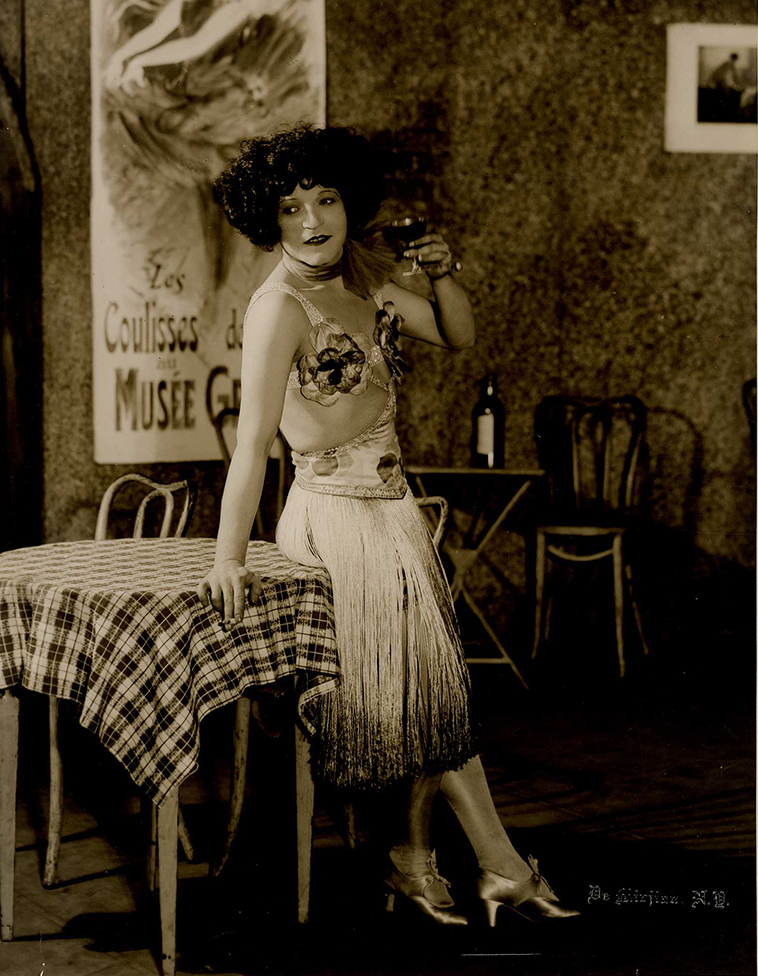
The links between the pansy counterculture and jazz are undeniable: drag balls and performances took place in ballrooms, nightclubs and casinos, where female impersonators sang and danced along to the top tunes of the day. Indeed, the opportunity to dance with a drag queen was reportedly a draw for heterosexual—or perhaps more accurately, bicurious—men. So influential was this early queer culture that it even fed into the jazz scene: “Masculine Women, Feminine Men” was a hit for the Savoy Havana Band, while renowned female impersonator Karyl Norman (born George Francis Peduzzi, in 1897) penned swinging songs including “Nobody Lied (When They Said That I Cried Over You)” and “I’m Through (Shedding Tears Over You),” which were covered by several other artists.
Like jazz, the pansy craze soon found its way onto the silver screen—a move which would, unfortunately, contribute to its downfall. Female impersonator Gene Malin (born Victor Eugene James Malinovsky, in 1908) was winning awards for his elaborate feminine costumes, worn to Manhattan drag balls, by the time he was a teenager. He found work on Broadway as a “chorus moll” (a slang term for an effeminate, young, gay man) as well as on the nightclub circuit, appearing in shows like Princess Flavor and Sisters of the Chorus—Broadway columnist Louis Sobol described Malin as “baby-faced lad who lisped and pressed his fingers into his thighs” during performances. (That wasn’t to say that Malin was all soft: newspapers report that he punched a heckler at one of his performances.)
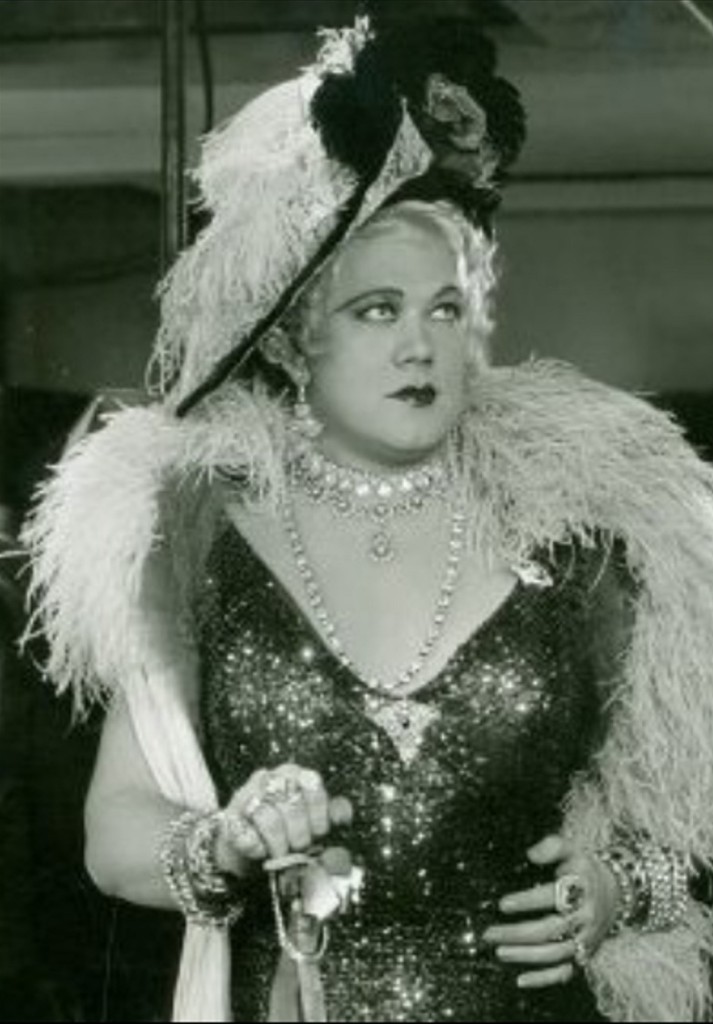 Reportedly the highest-paid nightclub entertainer of 1930, Malin toured the US during the early part of the decade, drawing huge crowds and eventually having a nightclub named in his honor. As a recording artist, Malin shellacked tunes including “I’d Rather be Spanish than Mannish” and the “That’s What’s the Matter with Me.” While working venues in California during 1933, he was hired to appear in two movies: Arizona to Broadway (as a Mae West parody named Ray Best) and Dancing Lady (alongside Joan Crawford). He was due to appear in Double Harness the same year, but his performance was later scrapped by the studio—sadly, the tide of public opinion was beginning to turn against the pansies.
Reportedly the highest-paid nightclub entertainer of 1930, Malin toured the US during the early part of the decade, drawing huge crowds and eventually having a nightclub named in his honor. As a recording artist, Malin shellacked tunes including “I’d Rather be Spanish than Mannish” and the “That’s What’s the Matter with Me.” While working venues in California during 1933, he was hired to appear in two movies: Arizona to Broadway (as a Mae West parody named Ray Best) and Dancing Lady (alongside Joan Crawford). He was due to appear in Double Harness the same year, but his performance was later scrapped by the studio—sadly, the tide of public opinion was beginning to turn against the pansies.
The economic downturn of the 1930s was accompanied by a shift to the right in American politics, as noted by both the National Bureau of Economic Research and the EU’s Centre for Economic Policy Research. In New York, the NYPD—previously responsible for officiating the city’s drag balls—began cracking down on them: participants were arrested for indecency, vagrancy, and the “crime” of female impersonation, the very thing which had drawn so many fascinated fans for four decades. These busts put an end to even the Hamilton Lodge Ball, with The New York Age reporting fifteen arrests at the 1937 event.
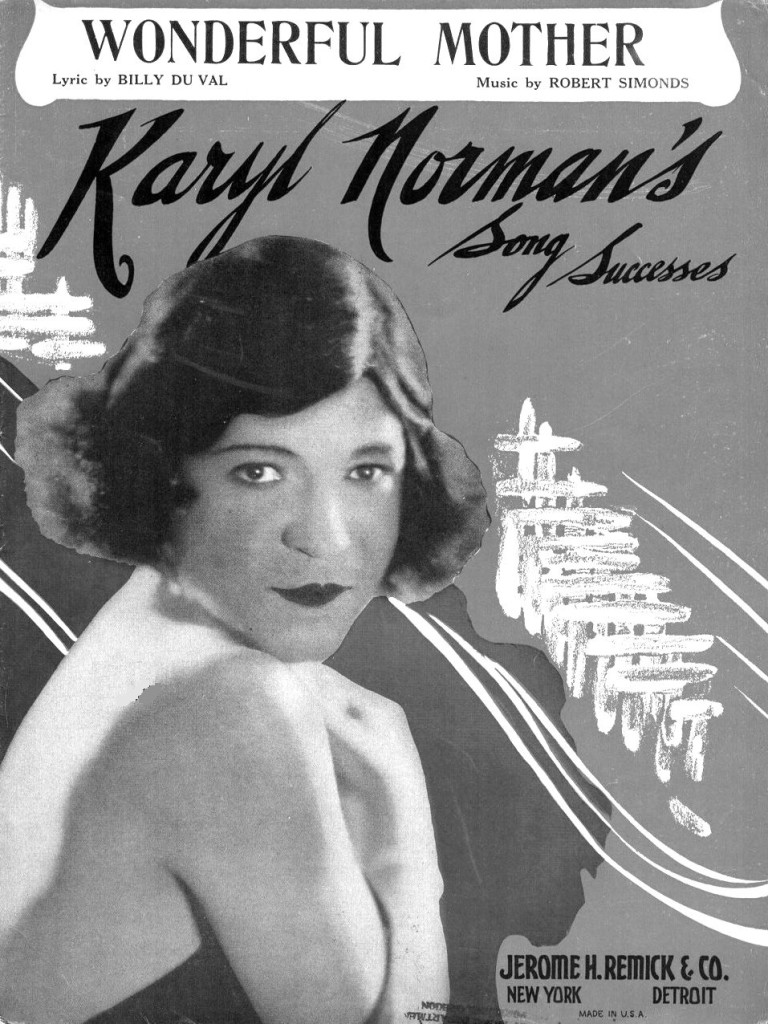 As the American public became increasingly vindictive—led by Roman Catholic pressure groups (see, there they are)—even Karyl Norman found himself behind bars on a morals charge. Only an intervention by his friend Eleanor Roosevelt got the star released. At the same time, this increasingly puritanical politics was having a profound effect on Hollywood: the Catholic-backed Hays Code banned the portrayal of “sexual perversion” onscreen, which was understood to include homosexuality, its trappings and practices.
As the American public became increasingly vindictive—led by Roman Catholic pressure groups (see, there they are)—even Karyl Norman found himself behind bars on a morals charge. Only an intervention by his friend Eleanor Roosevelt got the star released. At the same time, this increasingly puritanical politics was having a profound effect on Hollywood: the Catholic-backed Hays Code banned the portrayal of “sexual perversion” onscreen, which was understood to include homosexuality, its trappings and practices.
Together with police crackdowns on gay and drag clubs, Hollywood’s suppression of divergent gender role performances saw the pansy craze come to an end before 1940. Fortunately for contemporary stars like Rupaul and Divine, drag in cinema is once again acceptable—but it took a long time getting there again. The Hays Code remained in force until 1966 and the HIV/AIDS panic of the 1980s also contributed to the vilification of homosexuality in the public sphere. In the 2020s, queer communities enjoy wider public acceptance than ever before. Some may see the queerification of mainstream culture as somewhat weird, but it’s worth noting that—a hundred years ago, in the midst of the Jazz Age—their forefathers were all for it.
Dave Doyle is a swing dancer, dance teacher, and journalist based in Gloucestershire, England. Write him at davedoylecomms@gmail.com. Find him on Twitter @DaveDoyleComms.






















